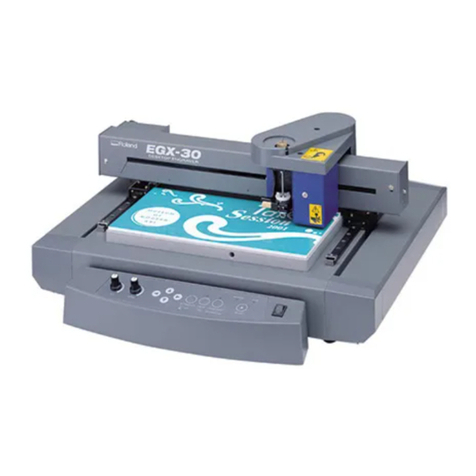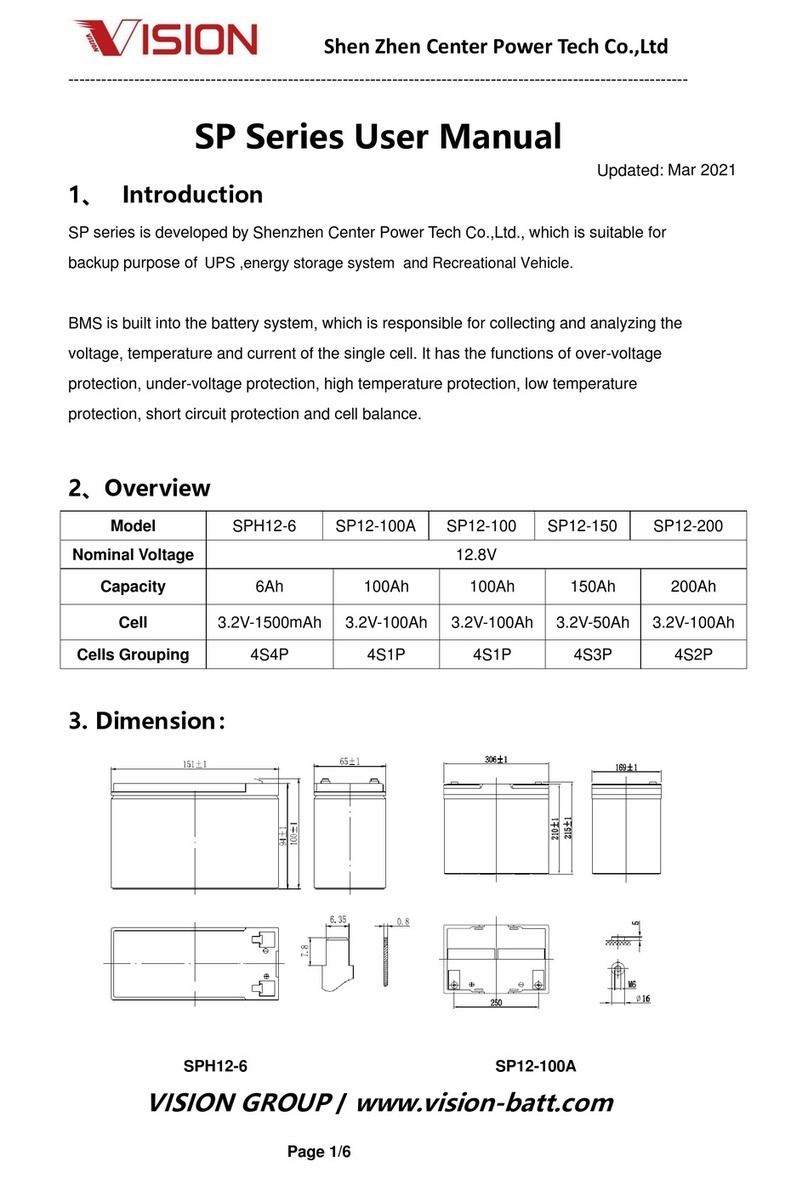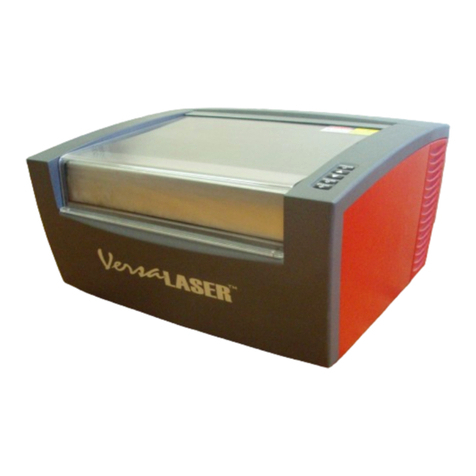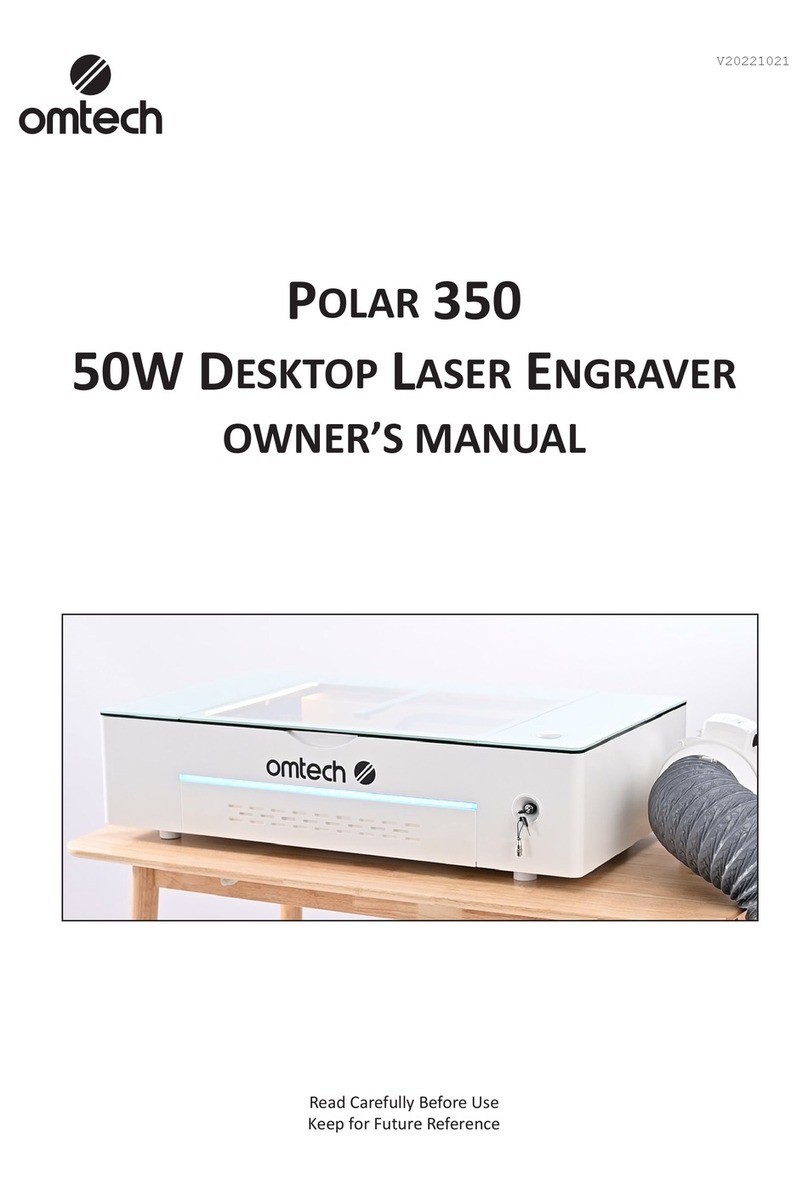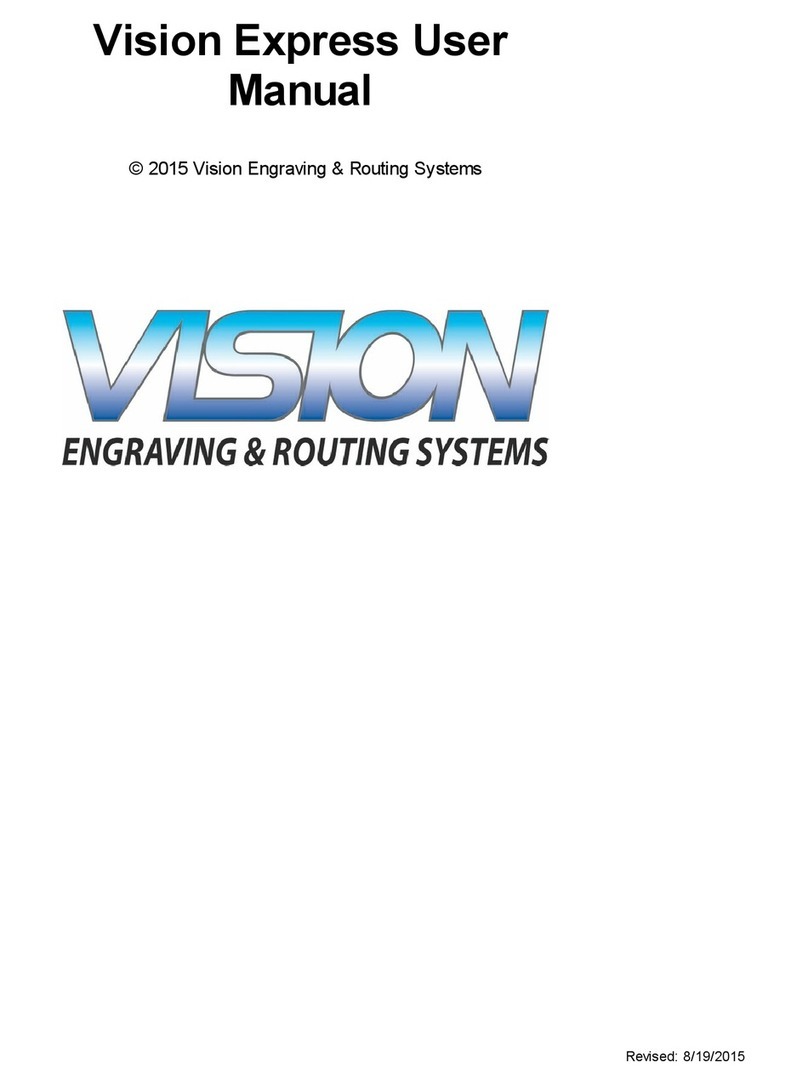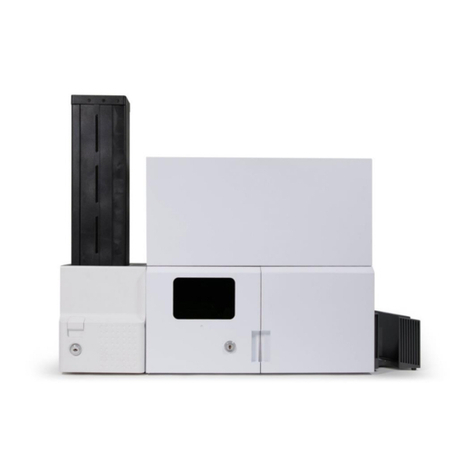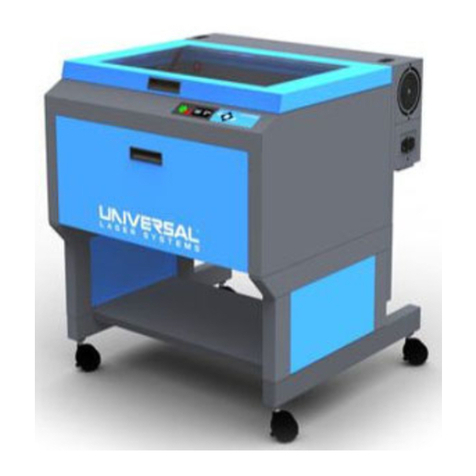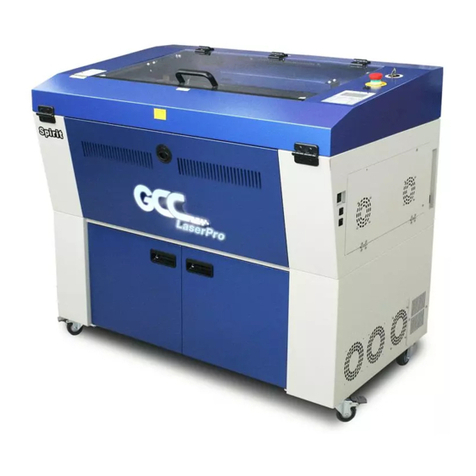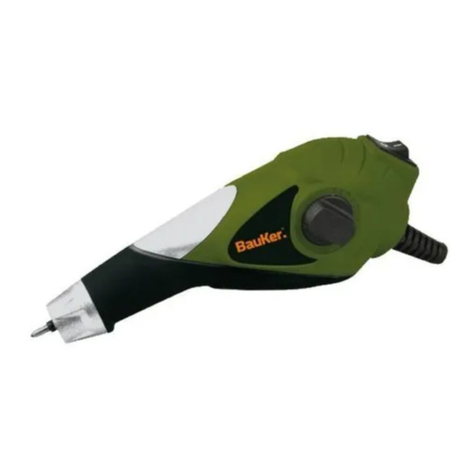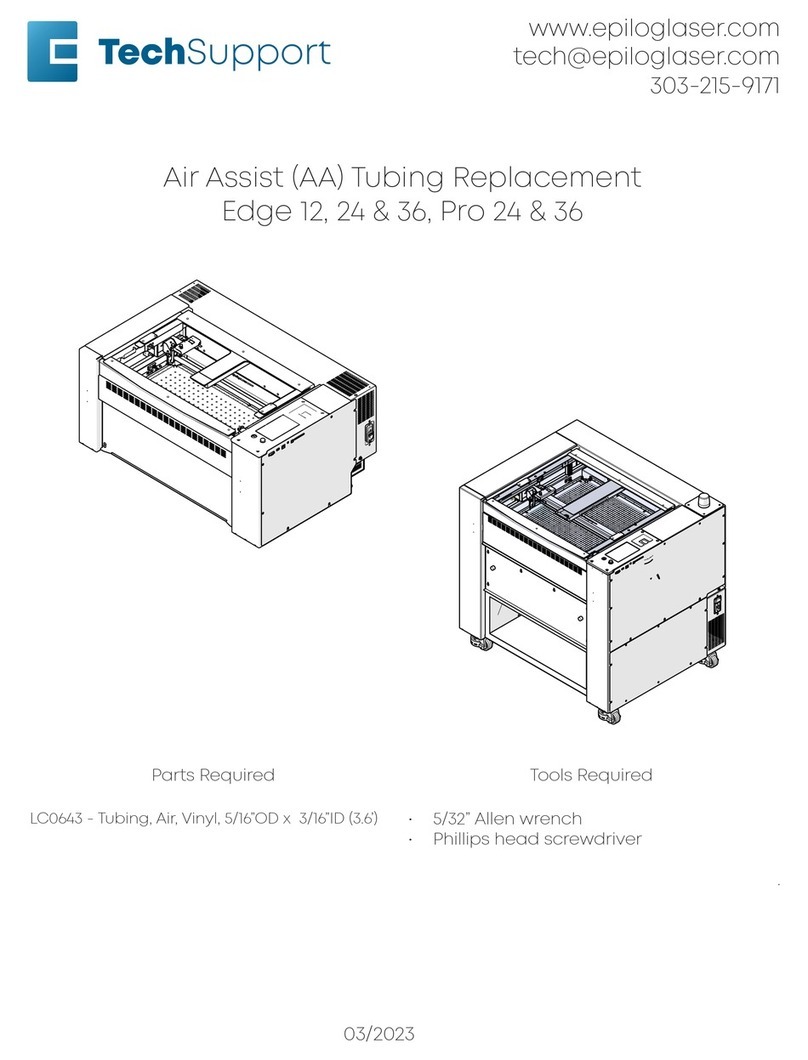
ii
Contents
Contents ................................................................................... ii
Introduction ............................................................................. 1
Component Overview ............................................................. 3
Motion System Assembly ............................................................................................ 3
Lens Carriage Assembly .............................................................................................. 5
X Motor Unit Assembly ............................................................................................... 6
Y Motor Unit Assembly ............................................................................................... 7
Laser System Assembly ............................................................................................... 8
Controller and the Laser ...................................................................................... 8
Laser Controller .................................................................................................. 8
P M (Clock) Frequency .................................................................................... 9
Laser Tube .......................................................................................................... 9
Power System ............................................................................................................ 10
Power Supply ............................................................................................................. 12
Top cover and Front door........................................................................................... 13
Maintenance .......................................................................... 14
X-Y Motion System ................................................................................................... 14
The Rails and the Bearing’s Surfaces................................................................ 14
The X and Y Motor Removal and Belt Tension Adjustment............................. 15
Control Panel Removal .............................................................................................. 16
Dismount Laser Tube ................................................................................................. 16
Optical Alignment ...................................................................................................... 18
Optical Alignment Tool .................................................................................... 18
Beam Expander module .................................................................................... 19
Laser Diode (Red Beam Source)....................................................................... 19
Optical Adjustment ........................................................................................... 19
Laser Diode and Mirror Adjustment ................................................................. 20
Mirror 1 Adjustment ......................................................................................... 21
Mirror 2 Adjustment ......................................................................................... 21
Mirror 3 Adjustment ......................................................................................... 22
Mirror 4 adjustment .......................................................................................... 22
Hidden Diagnostic Procedures ............................................ 23
System Diagnostics .................................................................................................... 23
The Build-in Hidden Diagnostic Functions ...................................................... 23
Troub eshooting .................................................................... 25
Initializing Issue......................................................................................................... 25
Before turn on machine, please check the position of lens carriage. If the bottom of
lens carriage is too low, it may hit the edge of working table or cutting bar and crash
machine. Sometime, carriage badly, the x- y axis will be twisted a little and affect
engraving/cutting quality. .......................................................................................... 25
Laser Related Problems ............................................................................................. 25
No Laser Output ................................................................................................ 25
The Laser Stop firing During a Cutting/Engraving Job .................................... 25
eak Laser Output ............................................................................................ 26
System Related Problems .......................................................................................... 26
The System Fails During Initialization ............................................................. 26


